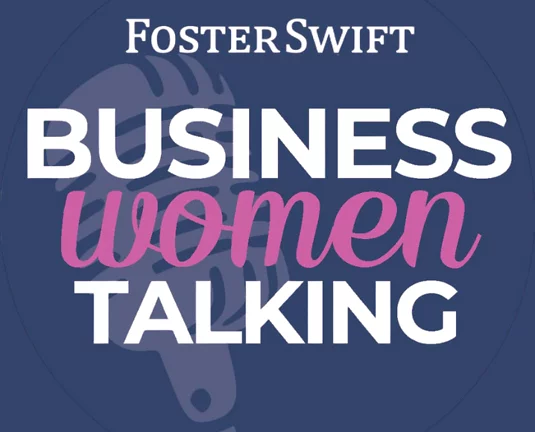Decrease in Federal Gift and Estate Tax Exclusion Amount: No Time To Wait
 The time is now to review your estate plan. Though it is not certain what changes to the federal gift and estate tax laws proposed by President Biden will be made, significant opportunities will be missed if estate and income tax planning is delayed.
The time is now to review your estate plan. Though it is not certain what changes to the federal gift and estate tax laws proposed by President Biden will be made, significant opportunities will be missed if estate and income tax planning is delayed.
Changes to the estate tax are common with each new presidency, especially to the federal estate tax Exclusion Amount (“Exclusion Amount”), and it is important to understand the possible impact on your assets. This lifetime Exclusion Amount is applied to wealth transferred during your lifetime (gifts) and after you pass away and has varied greatly over the years.
For example, the Exclusion Amount in 2000 was $675,000, and the marginal estate tax rate topped at 55%. Currently, the Exclusion Amount is $11.7 million per person ($23.4 million per married couple) with a top marginal rate of 40%, and is scheduled to sunset (i.e., revert back to prior levels) in 2026. At that time, the Exclusion Amount will revert to $5.6 million, and a top marginal rate of 55%.
In the meantime, President Biden’s proposed estate tax changes include a substantial reduction of the current $11.7 million Exclusion Amount to $5 million or possibly $3.5 million, with a top marginal rate rising to 70%.
While the Biden Administration is focusing much of its attention on the continuing health and economic COVID-19 challenges, this sharp reduction to the Exclusion Amount is likely to occur soon. What’s more, it is possible that this change will be applied retroactively to January 1, 2021, though it is unlikely.
It is important to take advantage of the current estate and gift tax laws by planning today. There are several strategies to consider, and more than one may be implemented. Each individual’s wealth management plan is unique, and may focus on their estate plan as well as business succession agreements, and charitable giving. Likely strategies may incorporate making taxable gifts to avoid losing the current larger Exclusion Amount. This is illustrated in the example following.
Example:
Ms. Smith, a single individual, has assets valued at $7 million. She has not used up any of her $11.7 million Exclusion Amount available under current law. The law is changed effective January 1, 2022 to decrease the Exclusion Amount to $3.5 million with an effective estate tax rate of 45%.
Scenario 1: Ms. Smith does nothing in 2021 and dies in 2022. Her estate would owe $1.575 million in estate tax ($7 million less $3.5 million Exclusion Amount = $3.5 net estate, multiplied by 45%).
Scenario 2: Instead, Ms. Smith makes taxable gifts this year of $5 million in 2021. A gift tax return is filed, but no tax is due owing to the $11.7 million available Exclusion Amount. Ms. Smith dies in 2022, with $2 million in assets ($7 million less $5 million in gifts). The 2021 gift utilized all of her $3.5 million Exclusion Amount. Her estate would owe $900,000 in estate tax ($2 million net estate multiplied by 45%).
As you can see in the scenarios above, by making gifts during 2021, Ms. Smith saved her estate $675,000 in estate taxes! This illustrates simply one planning strategy to lock in the higher Exclusion Amount now. Other wealth planning strategies to mitigate the risk of a high estate tax may include the creation of different types of trusts and business entities, depending on individual support and planning needs. This may include different irrevocable trusts, dynasty trusts, or Limited Liability Companies, to name a few.
However, simply modifying the language of an existing trust may be sufficient, providing greater flexibility to allow the trustee discretion to choose different options. Such provisions may include a disclaimer trust in a joint trust or trust protector/trust director.
A full analysis of an individual’s assets, their need for financial independence, and other variables must be explored when creating the best wealth management plan.



